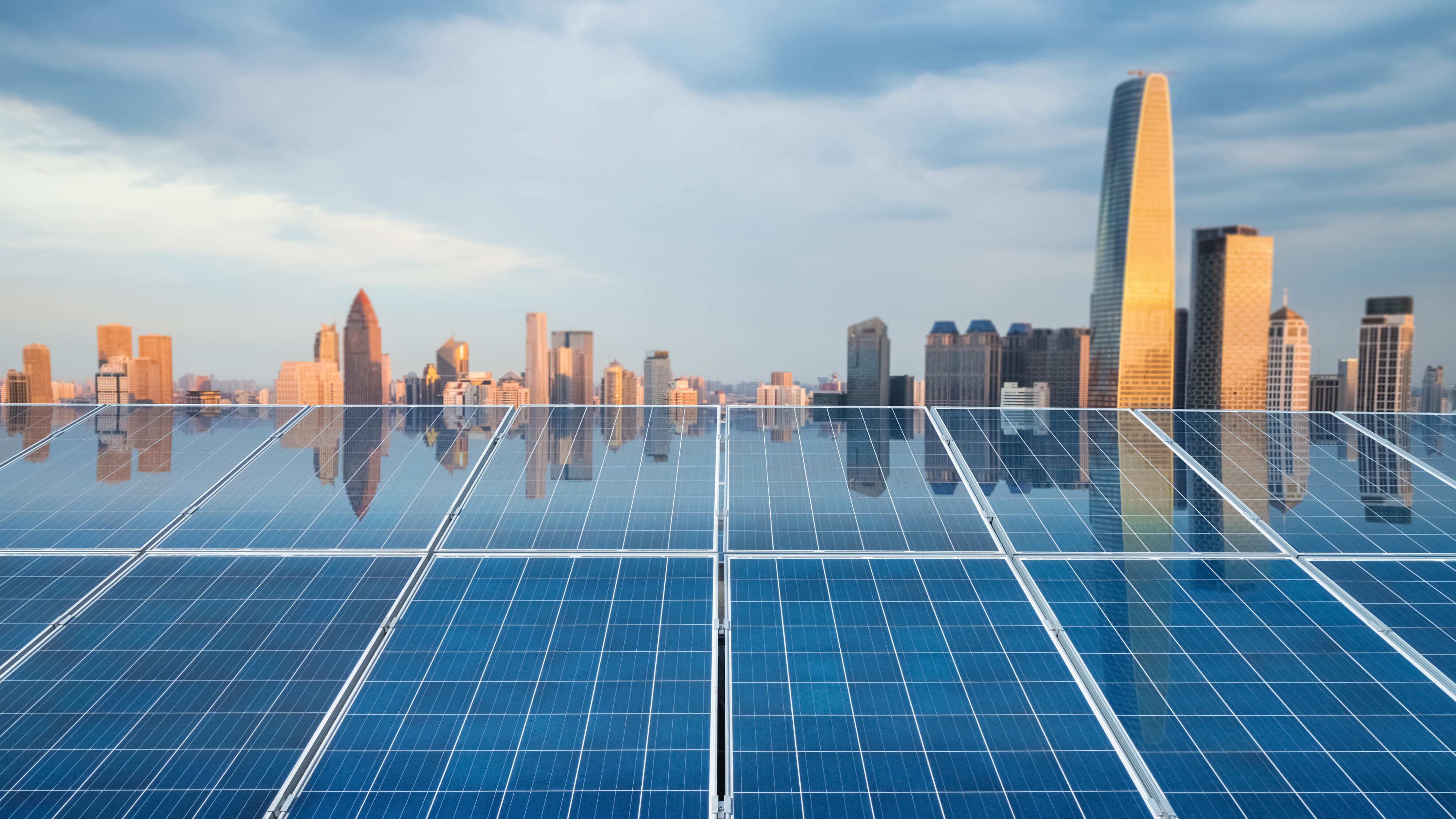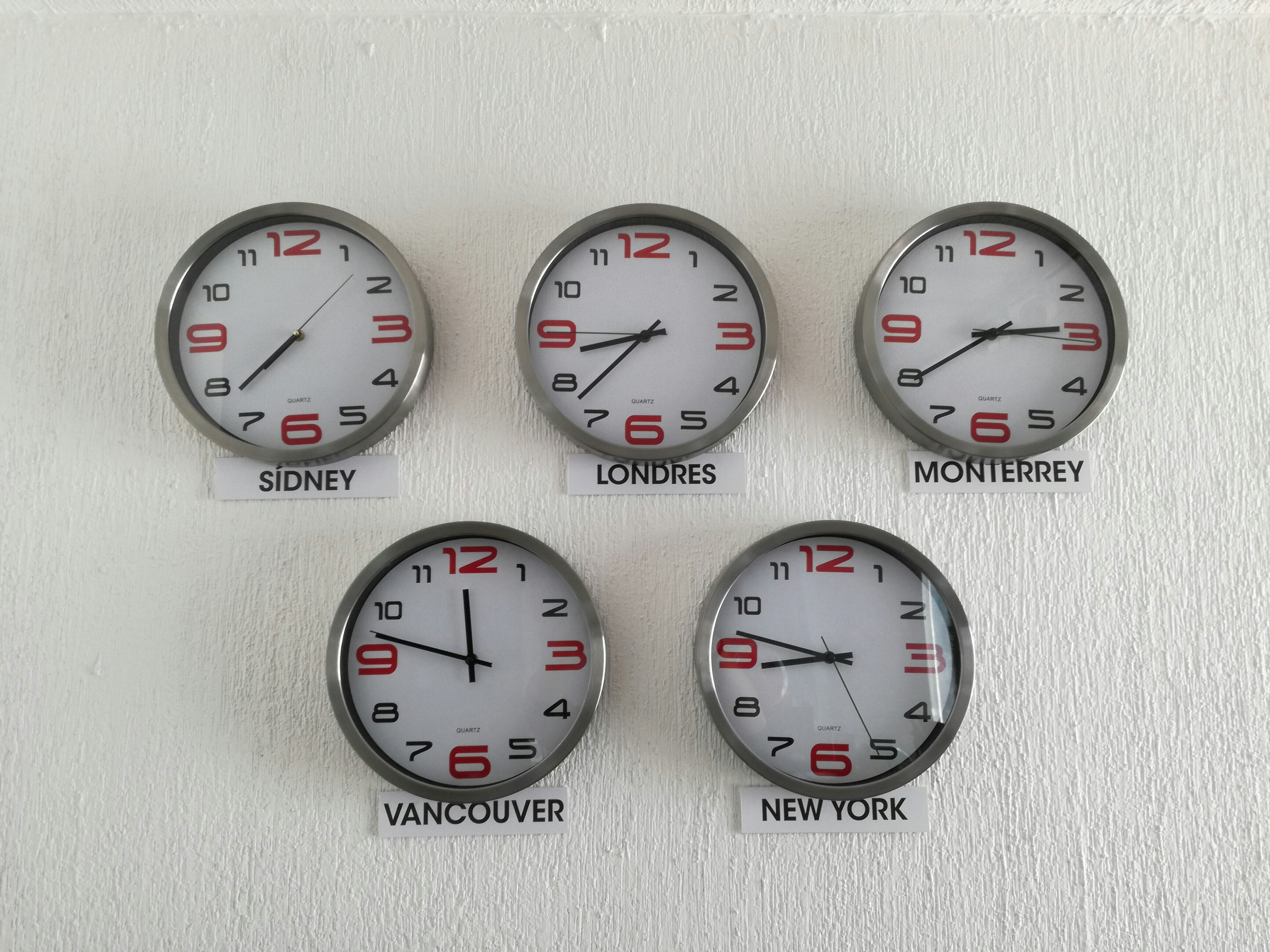The damage caused by water overuse

In times of drought, some people discover how important water is. But in recent years, water shortage has turned into something more than a temporary problem; it is becoming systemic, driven by growing overuse.
Often, today’s water overuse and shortage are at the expense of the environment – drying lakes and rivers. Eight mighty rivers running dry over long periods during one year, as well as rapidly shrinking lakes like Aral and Chad – mostly as a result of overuse for irrigation, are a visible testimony to this fact. ‘At the expense of the environment’ also means falling groundwater tables – I reported frequently about this (Ogallala in the USA, Indus basin in India/Pakistan). And often it is at the expense of downstream water users, well-illustrated by the picture of the remains of the Colorado after crossing the US-Mexican border.
 A Cucapá Native American watches the remains of the Colorado River once it crosses the border from the US to Mexico. With permission of Peter McBride
A Cucapá Native American watches the remains of the Colorado River once it crosses the border from the US to Mexico. With permission of Peter McBride
In the 2030 Water Resources Group (WRG) we therefore defined sustainable supply as natural renewal minus environmental flows, defined as “the quality, quantity, and timing of water flows required to maintain the components, functions, processes, and resilience of aquatic ecosystems which provide goods and services to people” Three major components of environmental flow are ecologically important: low flows, high flow pulses, and flood events. Each of the components supports specific ecological functions and may be quantified in terms of magnitude, timing, duration, frequency and rate of change.
Water overuse cutting into such environmental flows hits nature – it has a negative impact on wetlands, on biodiversity, on wildlife and landscape, among others.
But damage to ecosystems also disrupts people’s livelihoods.
Let me quote from the caption of Peter Mc Bride’s picture of the Colorado ‘leftovers’ getting to Mexico above: “A Cucapá (person of the river) surveys the delta, where ancestral fishing once supported 20,000 Native Americans. Now 1,500 Kwapa (Cucapá and Cocopah) on either side of the border are sustained by casinos, farming, and odd jobs.”
In an earlier post I talked about the future risk of water scarcity for food security and prosperity. But the Colorado story, and the many other stories I am sure exist about other rivers, lakes and underground aquifers, indicate that this is no longer a problem of the future, but a serious issue today.
The Colorado story is also a clear indication that the sustainable development goals – particularly the urgently needed single water goal, are not only addressed to developing countries but advanced economies as well.
This article is published in collaboration with LinkedIn. Publication does not imply endorsement of views by the World Economic Forum.
To keep up with Forum:Agenda subscribe to our weekly newsletter.
Author: Peter Brabeck-Letmathe is Chairman of Nestlé SA, and Chairman of the 2030 Water Resources Group.
Image: Tap water flows out of a faucet in New York June 14, 2009. REUTERS/Eric Thayer.
Don't miss any update on this topic
Create a free account and access your personalized content collection with our latest publications and analyses.
License and Republishing
World Economic Forum articles may be republished in accordance with the Creative Commons Attribution-NonCommercial-NoDerivatives 4.0 International Public License, and in accordance with our Terms of Use.
The views expressed in this article are those of the author alone and not the World Economic Forum.
Stay up to date:
Fresh Water
Forum Stories newsletter
Bringing you weekly curated insights and analysis on the global issues that matter.
More on Economic GrowthSee all
Rishika Daryanani, Daniel Waring and Tarini Fernando
November 14, 2025







